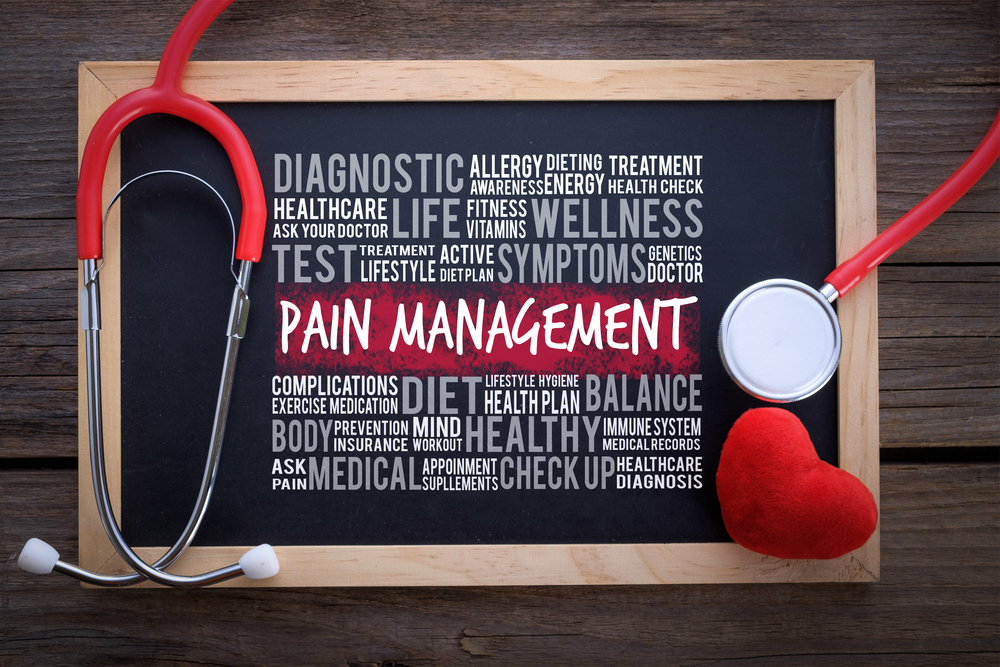
What Is Multi-Modal Treatment and Why Is It Essential for Pain Management?
If you walk into a hospital with an extremely painful condition, you may be expecting a doctor to prescribe a handful of powerful pain medications. Instead, you may get only Tylenol for mild to moderate pain; for extremely severe pain, you may be given a small quantity of opioid painkillers, but your doctor will monitor you closely to decide when to taper you off them.
In 2020 alone, almost 70,000 Americans died from an opioid overdose, and since 1999, more than 930,000 Americans have died from a drug overdose. With opioid abuse such a rampant public health crisis, the medical community has re-examined pain management protocols to help lower the risk of opioid dependence and death.
Although multi-modal pain management was not developed in response to the opioid crisis, there has been wholesale adoption by medical experts. Multi-modal pain management deemphasizes reliance on opioids and instead uses a wide array of pain medications like NSAIDs, COX-2 inhibitors, and local anesthetics.
Why Opioids Are So Discouraged
For years, opioids, which are synthesized versions of opiate drugs like heroin, were commonly used for a variety of medical conditions. There was little concern for the risk of abuse or dependence because the medical community had been told that there was minimal potential for these because of their chemical formulation and other safeguards.
After it came to light that opioids were highly addictive and that hundreds of people were dying daily from opioid overdoses, medical experts took a closer look at opioids. Among the most surprising revelations about opioid pain relievers is that they may reduce pain in the short term, but they can prolong pain in certain patients.
One study of rats dosed with morphine found that post-operative was present for longer periods if morphine treatment was extended. The mechanism underlying this phenomenon may be related to hypersensitivity of glial cells which play a key role in brain inflammation.
Additionally, pain may be attributable to opioid withdrawal. Once you become physically dependent upon this drug, you will experience withdrawal symptoms including pain if you try to abstain from use.
Finally, you should know that there can be unpleasant side effects with opioid use, including
- Drowsiness
- Constipation
- Nausea
- Vomiting
- Itching
- Dizziness
- Hallucinations
- Difficulty urinating
The Basics of Multi-Modal Pain Management
The definition of multi-modal pain management is the use of at least two classifications of drugs, NOT including opioids, in the treatment of pain. The purpose of this kind of pain management is to bring pain symptoms down to acceptable levels with judicious use of opioids (only for breakthrough pain) or using other kinds of pain relievers like aspirin, acetaminophen, or NSAIDs.
Although the use of opioid pain relievers may be necessary for intense, acute pain and multi-modal pain management protocols do permit it, one of the primary goals of this system is to find a drug cocktail that can provide similar pain relief without the serious health risks.
It may appear that multi-modal pain management is random or haphazard in its methods, but the protocols used by practitioners is based on sound medical science. There has been extensive research performed on how to mitigate pain symptoms in various clinical settings. For example, patients about to undergo an abdominal wall reconstruction should take acetaminophen, gabapentin, and celecoxib prior to and following the procedure, as well as oxycodone in the days immediately after the procedure.
At the core of the multi-modal pain management system are nonsteroidal anti-inflammatory drugs or NSAIDs like aspirin, Advil, or Aleve. Not only do these common medications offer reliable mitigation of inflammation, but they also provide robust pain relief that is comparable to opioids in certain situations.
Anticonvulsants like gabapentin, pregabalin and topiramate are used to help sedate overactive nerve cells. These adjuvant analgesics not only relieve pain in many acute and chronic pain patients, but they also seem to have fewer negative side effects than other pain relievers. Some studies also support the idea that these drugs may reduce the need for opioids.
Acetaminophen, commonly known as Tylenol, is an invaluable mainstay of multi-modal pain management because of its own pain and inflammation relieving properties as well as its ability to boost the efficacy of opioids it is combined with. It should be noted that acetaminophen may cause damage to the liver.
Multi-Modal Pain Management of Chronic Pain
Outside of a clinical setting, multi-modal pain management also encompasses other kinds of therapies. These therapies include pharmacological, interventional procedures, cognitive-behavioral, rehabilitative, and non-traditional. Given the complexity of chronic pain, it is only natural that a wide range of therapeutic options be brought to bear.
Every patient is different, so even those suffering from the same condition may experience pain symptoms in their own unique way. Although a population of patients is likely to respond similarly to certain treatments, an individual may fall within a range of acceptable or unacceptable outcomes.
That is why a multi-modal approach is almost always the most successful for chronic pain patients. By utilizing multiple treatment options your care team is optimizing your chances of finding one that works for you.
Because it is so unusual for just one medication to produce effective pain relief, it is almost certain that you and your pain specialist will have to try many combinations of drugs that may include NSAIDs, antidepressants, or anticonvulsants. The goal, of course, is to reduce the pain to manageable levels but it is also important to do so without too many side effects.
Depression and anxiety are almost always present alongside chronic pain, so it is usually helpful to include psychiatric services in the multi-modal approach. In addition to adding antidepressant medications to the drug regimen, counseling services like cognitive behavioral therapy has proven quite effective for many patients.
Physical therapy plays a critical role in pain management for most patients. Not only does physical therapy help strengthen and stretch muscles which can ease pain, but it also helps prevent future injuries. Another significant benefit of physical therapy is that it provides patients with a tool that they can use themselves to deal with pain flare ups.
Article written by: Dr. Robert Moghim – CEO/Founder Colorado Pain Care
M.D. Disclaimer: The views expressed in this article are the personal views of Robert Moghim, M.D. and do not necessarily represent and are not intended to represent the views of the company or its employees. The information contained in this article does not constitute medical advice, nor does reading or accessing this information create a patient-provider relationship. Comments that you post will be shared with all visitors to this page. The comment feature is not governed by HIPAA, and you should not post any of your private health information.



